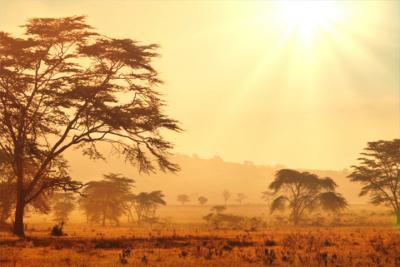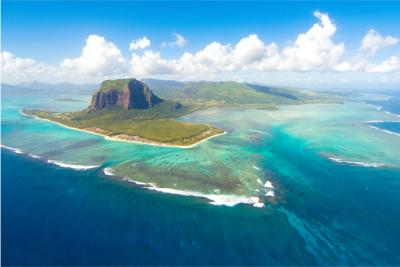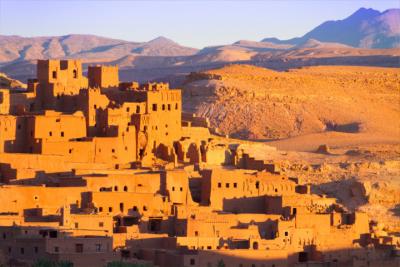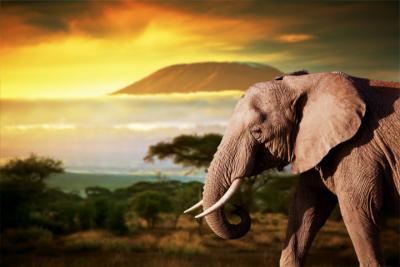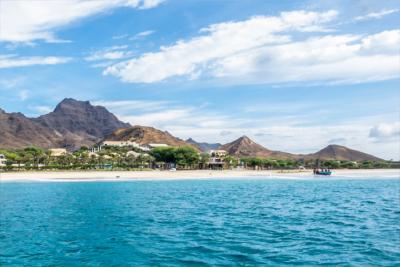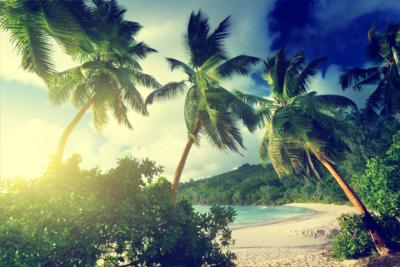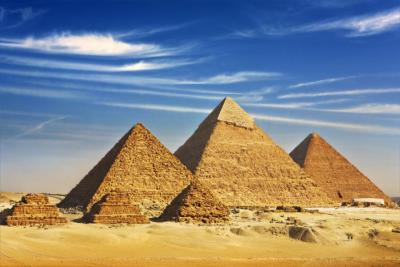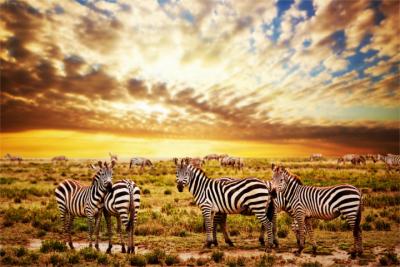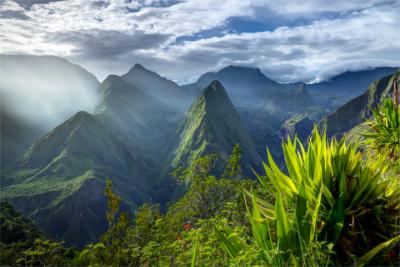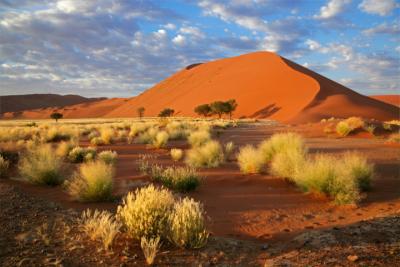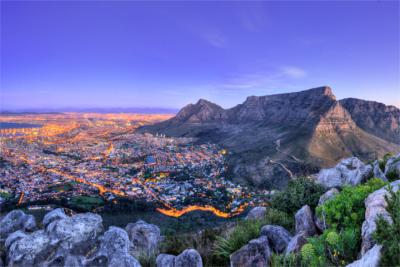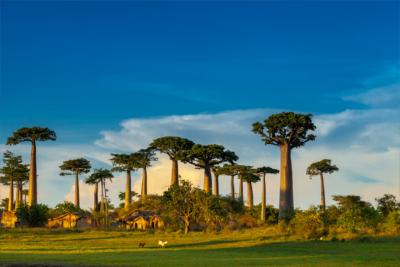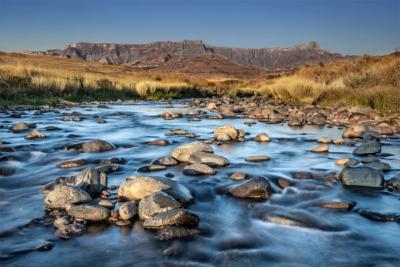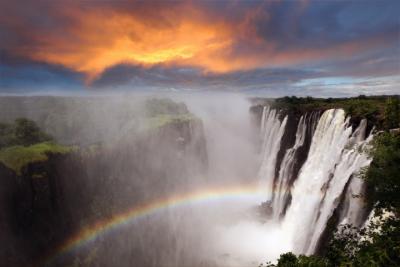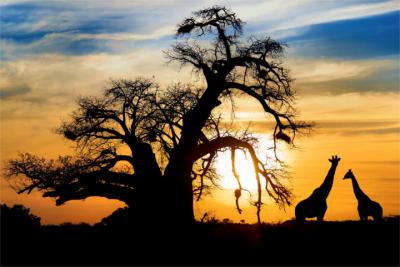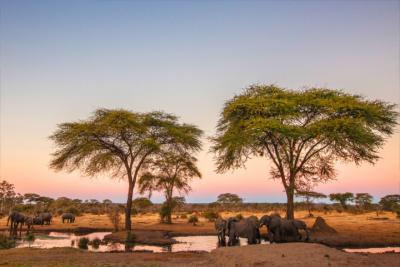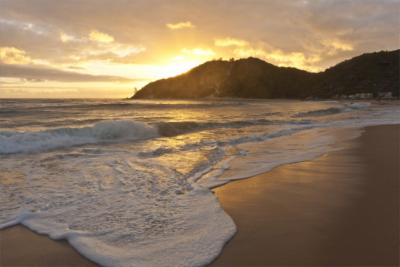Travel Offers
Travelmyne Featureprint
Distance
Botswana – Between Okavango and Kalahari
Botswana displays the whole range of Africa's natural splendour. Especially the Okavango Delta with its extraordinarily lush landscape and exotic animals contributes to that. The vast savannas and sandy plains of the Kalahari Desert also create diversity. The traditional lifestyle of the country's population is embedded into its fascinating nature.

Geography - Mostly hilly highland
The inland country Botswana is located between South Africa, Zambia, Namibia and Zimbabwe. It mostly consists of highland with several hills. Large parts are covered by the Kalahari Desert. In the north-west you find the Okavango Delta, the greatest inland delta on earth. The hot and mostly dry desert climate creates temperatures between 20 and 35 °C. The day and night temperatures are subject to fluctuations of about 20 °C, which cause frost in the southern African winter.
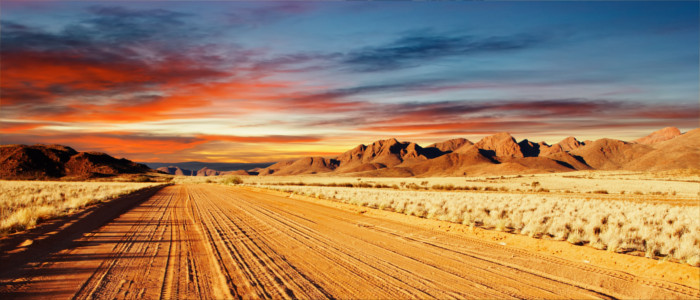
Nature - Savannas, salt pans and a lush delta
The savannas and sandy regions of the Kalahari Desert are typical of Botswana's landscape. Grasses, shrubs and knobby trees like the mighty baobabs characterise the wild, vast areas, in which you do not see any people for miles. They contain great salt pans, which transform into salt lakes the during rainy season. The Okavango Delta is particularly fertile. Its river, which seeps away in the heartland, produces a well-watered, swampy region with many islands and lagoons. The water is vegetated by thick papyrus, which you can often only cross by leg rowing. In the country's north-east you find forests full of mopane trees, which have leaves in the shape of angel wings. Botswana's wilderness is populated by lions, elephants, zebras, buffaloes, hippopotamuses, giraffes, leopards and antelopes. Especially the dryer regions are home to reptiles such as snakes, scorpions, geckos and chameleons.
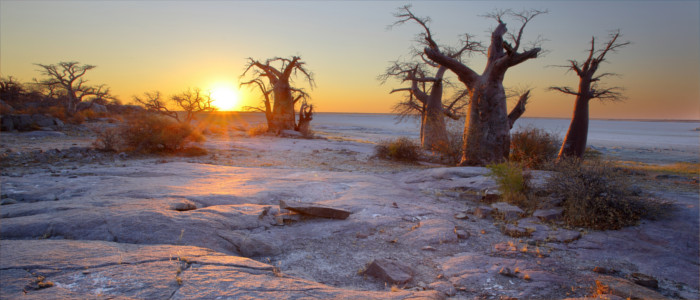
Natural sights - Watching elephants, rhinoceroses and hippopotamuses in the Chobe National Park
The Chobe National Park is one of the richest African national parks regarding wildlife. You can take a canoe, leg rowing boat or Jeep to watch hippopotamuses, African buffaloes, white rhinoceroses and antelopes. The park is also famous for its extraordinarily large herds of elephants. After long tours through the park's territory you can stay overnight on campsites or in lodges. Starting from the Chobe National Park you can take a trip to the spectacular Victoria Falls in Zimbabwe. Other worthwhile conservation areas are the Moremi Game Reserve in the north-west, which has many animals, a beautiful landscape and comfortable campsites, and the Kgalagadi Transfrontier Park in the south-west with its fine sand dunes and prehistorical river beds. Visitors experience the typical safari feeling in the Central Kalahari Game Reserve. One of the country's best-known salt pans is the Makgadikgadi Pan, which is full of life during the rainy season. Gnus and zebras come to the lake to drink during that time. Numerous flamingos sprinkle the water with pink spots. In Gcwihaba you find many grottoes with fascinating rock formations, mighty stalagmites and stalactites as well as appealing waterfalls.
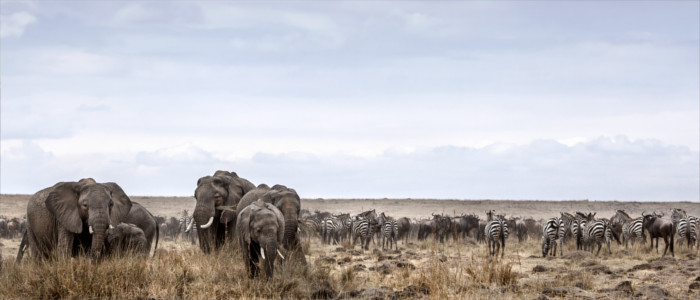
Culture - Nomads and ancestor worship
The small kingdoms of the Tswana, which settled on the territory, were British protectorate from 1885 to 1966. Since it gained independence, Botswana developed into an economically well-placed, stable state. A part of the population still leads a nomadic life, characterised by livestock farming and some native inhabitants still hunt with bow and arrow. Customs and traditions generally play a major role. Part of this are the worship of ancestors, elaborate greeting rituals and a particularly respectful, polite behaviour.
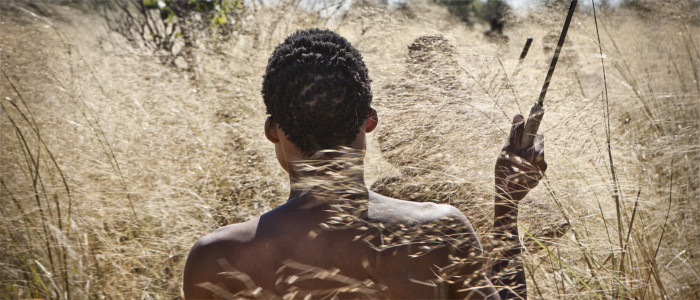
Cultural sights - The impressive rock paintings of the Tsolido Hills
In the Tsodilo Hills in the north you find over 4,500 impressive rock paintings, which mainly depict illustrations of animals and scenes of the people's life. They are said to have been created 20,000 years ago. The capital Gaborone embodies Botswana's modern side. The metropolis offers many attractions: you can stroll through its shopping streets or over the lively markets, visit the Botswana National Museum and Art Gallery or go out at night, which is when the city presents its cheerful side with its night clubs and live music concerts. Francistown is a popular starting point for trips into the country's nature reserves. But it is a good idea to take a walk through the city, which was built during the gold rush in the 18th century, and visit the museum because it provides a great insight into the country's way of living.
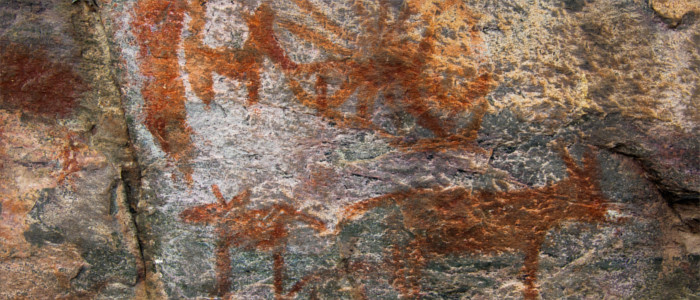
Experience - Watching traditional art handicraft in the villages
Travellers who want to get to know Botswana's native culture should visit the rural villages. There you can watch people do traditional art handicraft such as basketry, the weaving of carpets or the carving of wooden objects of art. The products of these handicrafts are wonderful souvenirs. You also gain an exciting and comprehensive insight into the country's culture at the Maitisong Festival. Every year in April music and theatre groups display their skills there. A sight in the green countryside is the Sanitas Tea Garden in Gaborone. The restaurant's relaxing beautiful environment is the perfect location for having brunch or enjoying international dishes. Next to it you find a garden centre full of vegetables and herbs. Beef, chicken, rice and maize porridge provide the basis for many local dishes. The cuisine ranges from highly seasoned curries to grilled food to exotic mopane worms.
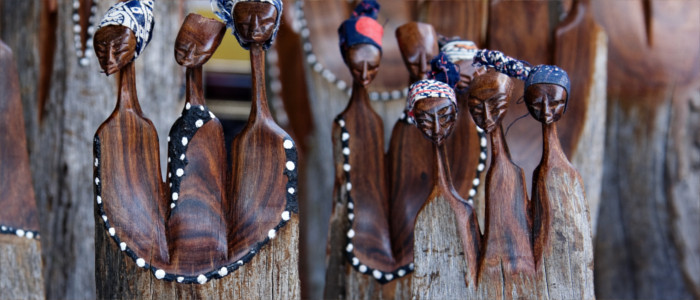
Activities - Ideally suited for safaris
Botswana's rich nature invites visitors to dive into the wilderness and follow the tracks of elephants, lions and giraffes. The variety of safaris is unbelievably great – you can experience the country's unspoiled nature by Jeep, in a canoe or leg rowing boat, on horseback or on foot. A special highlight are the tours on the back of elephants. Searching for diamonds, which the country is famous for, is a thrilling activity. Tourists are often allowed to keep the small finds (you best ask on site).
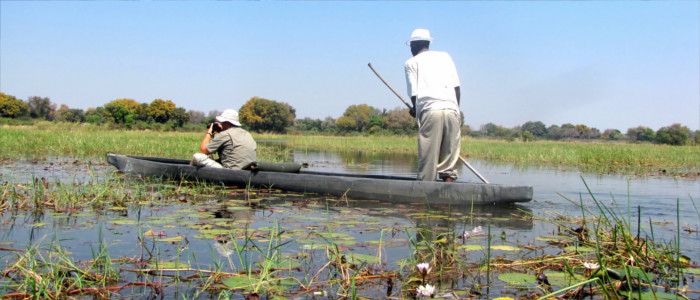
Information
You can arrive by plane at the airport in Gaborone (GBE). Buses run between the cities and across the border, for example to South Africa. If you want to drive yourself you can rent a car (left-hand traffic) but mind the animals which often cross the streets. English is the second official language and therefore a great means of communication.
Due to its breathtaking nature full of exotic animals, Botswana is a first-rate destination for travellers who want to experience Africa's wilderness. The country promises pure adventure and provides lovers of culture with fascinating insights into the continent's traditional way of living.

